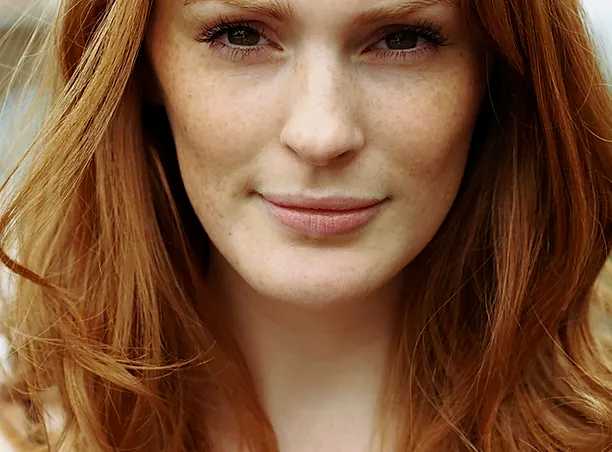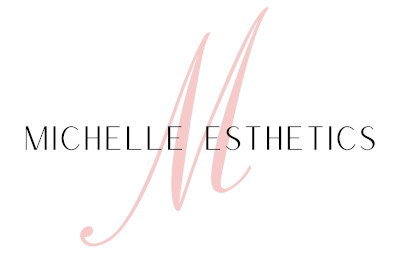
Skin Tightening at Michelle Esthetics
At Michelle Esthetics, all treatments are designed to deliver breathtaking results. When visiting a medical spa we believe that the experience is just as important as the treatment, our professionals receive advanced ongoing training to ensure they have the most up to date information about services we provide. Contact us for a Free Consultation.
Questions? Call us at
Skin Tightening | Fractional Plasma in Media and Glen Mills, PA
Opus Plasma Skin Resurfacing
Skin procedures are one of the most common aesthetic treatments pursued worldwide. Particularly procedures which address toning, tightening, and texture. In spite of a good skin care regimen and responsible sunscreen use environmental factors continue to age skin prematurely
While other laser skin resurfacing procedures are effective for spot-treating particular issues, the Opus Plasma treatment is multifunctional. This treatment outshines others by toning, tightening, and retexturing the skin via ablation (fractional plasma) with little down time. This minimally invasive cosmetic procedure addresses both the epidermis with the fractional plasma and the dermis with radio frequency.
Plasma skin resurfacing allows for precise treatment of delicate areas of the face, enabling the provider to customize the treatment. This procedure is both effective and low-risk. The Opus Plasma resurfacing requires little downtime, especially in comparison to alternative ablative treatments. One of the most innovative aspects of this treatment is that all skin types can be treated safely!
The Opus Plasma is a revolutionary type of treatment used to complete ablative resurfacing procedures, which simultaneously remove the outer layer of skin and stimulate the dermal tissue creating permanent changes in the skin. The Opus Plasma reaches deep but requires a shorter recovery time than traditional lasers due to its Opus Plasma Resurfacing Benefits
Opus plasma skin resurfacing is minimally invasive. There are no incisions, injections, or implants. Your provider simply applies the Opus roller or Opus Colibri to your skin and treat. The procedure is completed during a single office visit taking approximately 20 minutes, and you can return home immediately with fewer restrictions than traditional laser treatments.
Beautiful Skin is What You Want and What You Deserve
Healthy and radiant skin can help your outward appearance and reflect your inner vitality. Plasma skin resurfacing eliminates the outer layer of damaged skin, allowing a beautiful and natural glow to shine through. The procedure also triggers a natural biological response to rejuvenate your skin and erase any visible signs of aging permanently.
What is Opus Plasma Resurfacing?
The Opus is the latest technology available in resurfacing. This treatment is fractional based skin resurfacing re-invented which involves creating a pattern of microscopic injuries to a fraction of the skin, this stimulates a natural wound healing response exciting the skin to repair itself. The type of injury can vary depending on the type of fractional-based skin resurfacing technology used.
Resurfacing with the Opus Plasma Compared to Lasers
Treatments such as lasers, fillers, cosmetic surgeries, plastic surgeries, and intense pulsed light (IPL) treatments can be effective for some patients, but nothing defies aging like the Opus.
Traditional lasers and IPLs can only treat light to medium skin types to avoid burns and scaring. The Opus Plasma technology can treat all skin types and pigments, including darker skin.
Traditional lasers and CO2 treatments have down times upwards of two weeks. While optimal results from traditional lasers require multiple treatments and extended recovery times the Opus Plasma treatment provides a rapid transformation. In fact, you can see your desired results materialize after a single treatment. Generally, the treatment helps clients achieve their cosmetic goals within three treatment sessions. Opus Colibri treatment (non-surgical blepharoplasty) may require a longer healing period of approximately 1 week.
Traditional lasers and IPL’s are primarily done in the fall and winter months due to sun exposure contraindications the Opus Plasma treatment can be done throughout the year including warm months as sun exposure is not a contraindication.
Who is a Good Candidate for Opus Plasma?
Opus Plasma was developed to be a versatile tool for your practitioner to address a wide demographic of patients which would include different age groups, skin conditions, and skin color.
Results from Opus Plasma skin resurfacing are longer-lasting than many other skin treatments. Oftentimes, this skin rejuvenation lasts for two years or longer. The extent of your wrinkles and your natural level of collagen production will ultimately determine the longevity of your results.
What Does the Opus Plasma Treat?
Opus Plasma is one of the most versatile skin treatments available today. This treatment can effectively address:
- Wrinkles and lines around the mouth, across the forehead, and under the eyes, eyelids, neck, chest, abdomen, knees, and arms
- Stretch mark lightening
- Warts
- Seborrheic Keratosis
- Hyperpigmentation from sun damage
- Scarring and birthmarks, including acne scars stemming from breakouts
- Uneven skin tone
- Age spots, blemishes, and other areas with darkening, discoloration, hyperpigmentation, or hypopigmentation
- Skin tightening
- Enlarged oil glands on your nose
- Lesions
How to Prepare for Treatment
Be sure to raise any questions you may have with your provider before you undergo this procedure. Understanding the results that are possible with resurfacing will ensure you have the best experience possible.
Once you schedule your resurfacing treatment, your esthetician will provide you with a preparatory skincare routine. Typically, clients follow this routine at home for six weeks prior to their in-office procedures. Your provider will customize your plan for you according to your skin type.
What to Expect During the Procedure
Will this procedure hurt? Depending on your treatment plan, the degree of discomfort will vary. Topical anesthetic is recommended by your practitioner to numb the treatment area prior to the treatment to minimize discomfort.
On the day of the procedure, your esthetician will explain the treatment’s steps and review its potential side effects with you.
Your esthetician will then clean the treatment site skin to remove any excess oil and/or contaminants trapped on its surface. Then, they‘ll administer the treatment by moving the plasma roller across the treatment area. You may feel some mild discomfort or a subtle burning sensation. The RF focus tip may be used to maximize the final result. This application of the plasma typically takes less than 30 minutes.
Once the procedure is complete you will be sent home with aftercare instructions. Depending on the size of your treatment area, the entire process should take one to two hours. After care kits are available and included with packages.
After Care Tips
Generally, plasma resurfacing creates a sensation that feels like a mild sunburn. The treated area will be red, and it may swell. It’s important not to rub or itch your skin following the procedure because such friction will slow your healing.
Your provider will provide aftercare instructions that you must follow to achieve your optimal results.
A rejuvenating and protective skin care routine must also be followed each day. After you fully heal, you should still wear a sunscreen that’s at least SPF 30. Your provider may also advise you to apply moisturizer to the treatment site.
FAQs
How much is Opus Plasma skin resurfacing?
On average, this procedure costs $1,200 per a session or $3100 for 3 treatments which includes a $300 home care kit. The final cost of your Opus Plasma skin resurfacing will depend on your location, number of locations, and the number of sessions you need to achieve your desired results.
How long does Opus Plasma skin resurfacing last?
In most cases, Plasma skin resurfacing results last for about two years. Younger individuals with better underlying health typically enjoy longer-lasting results than older individuals. Your pre-treatment level of collagen production, the type of skin change being corrected, and your post-treatment skin care will all influence the longevity of your results.
